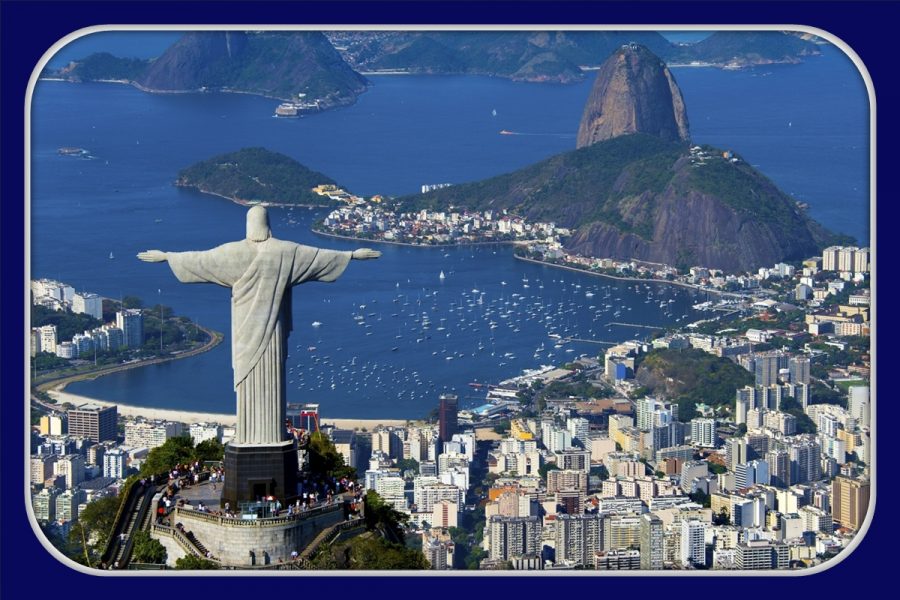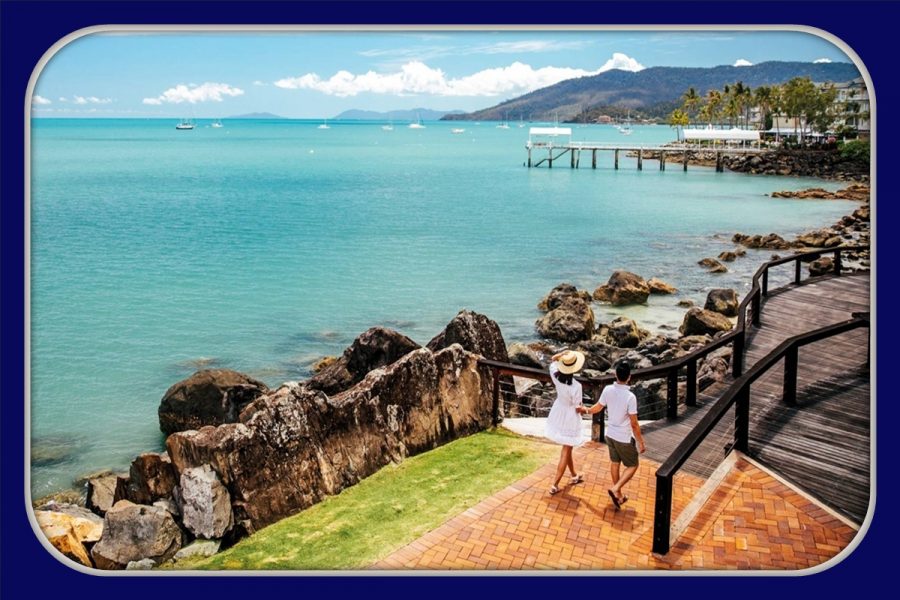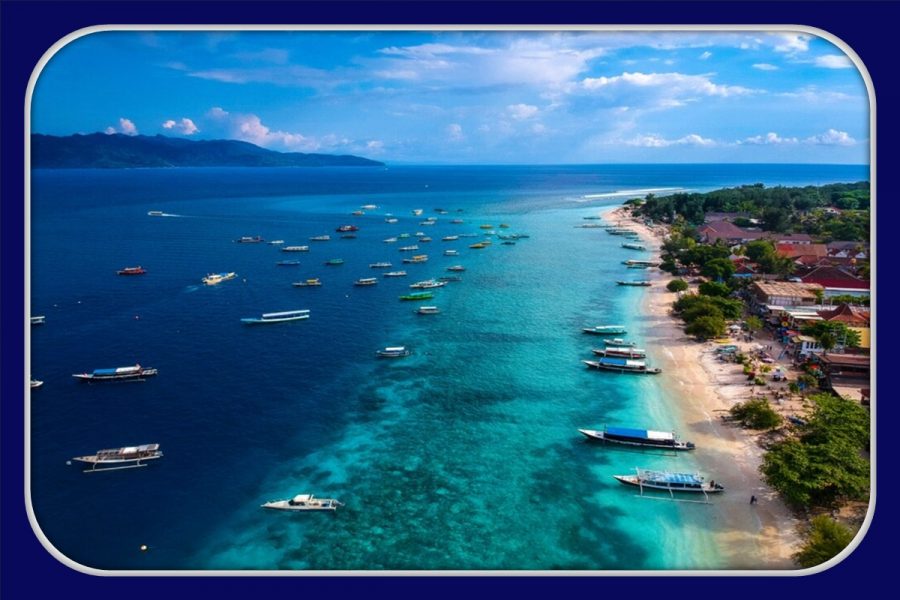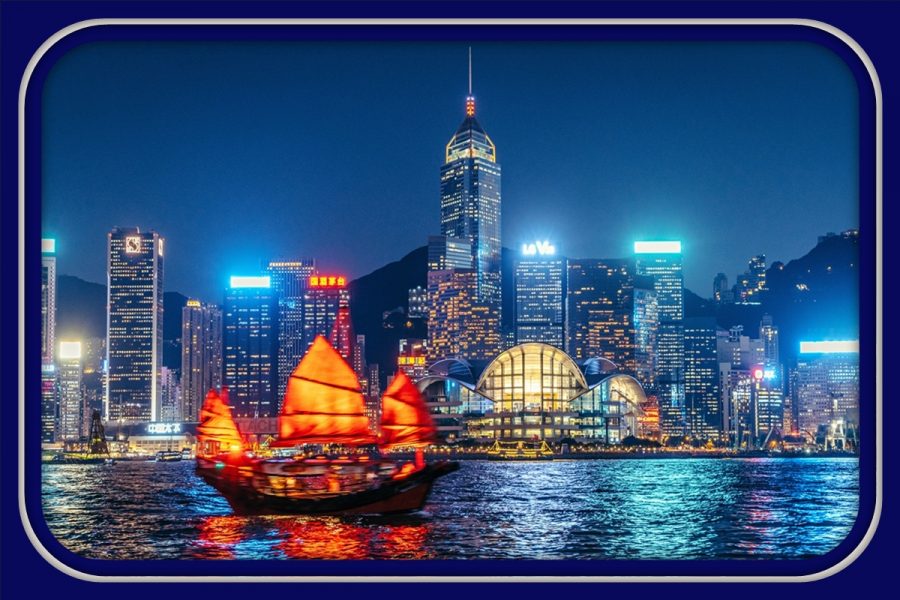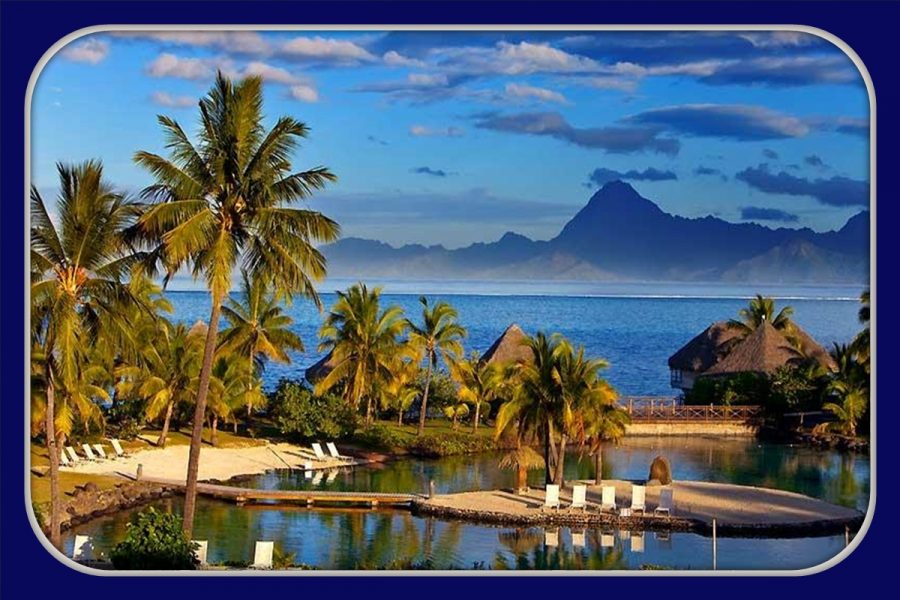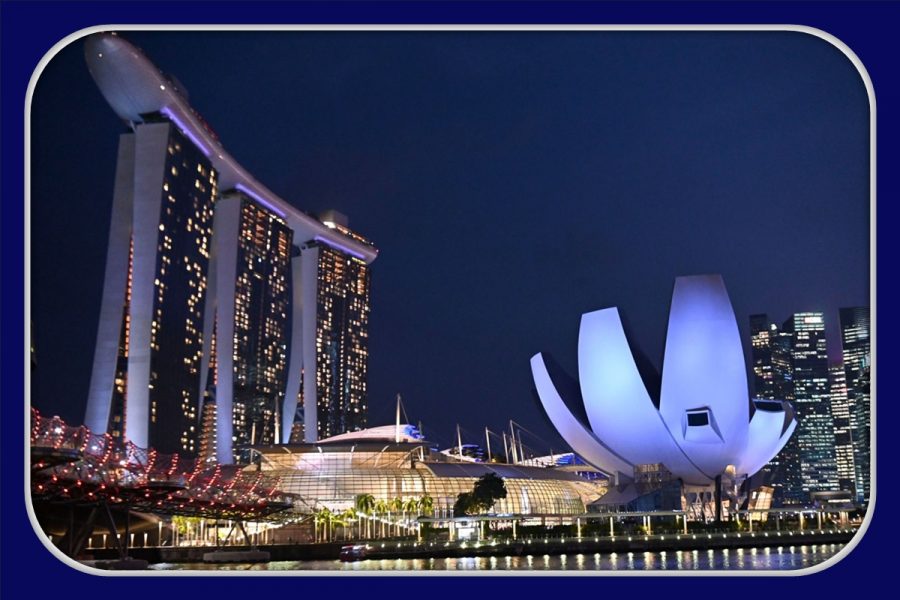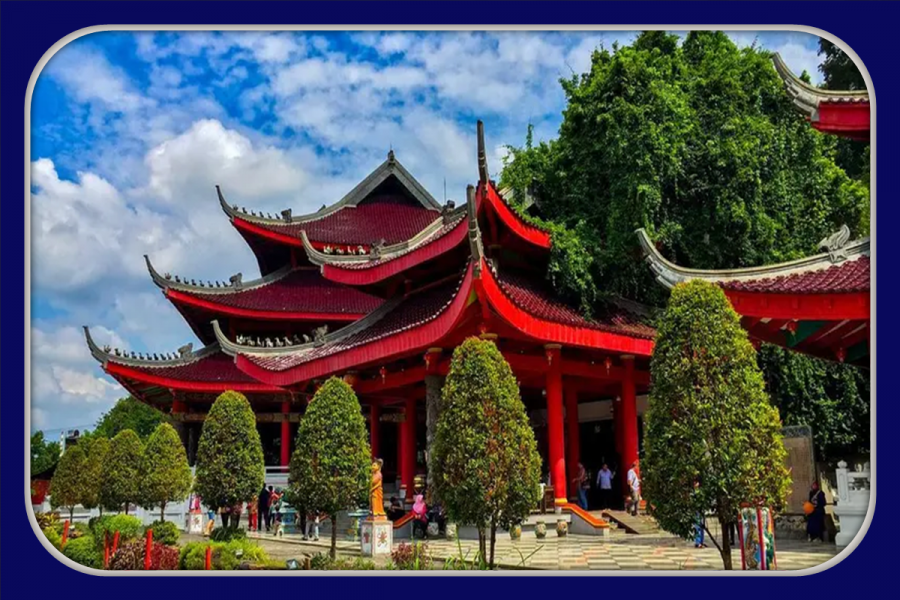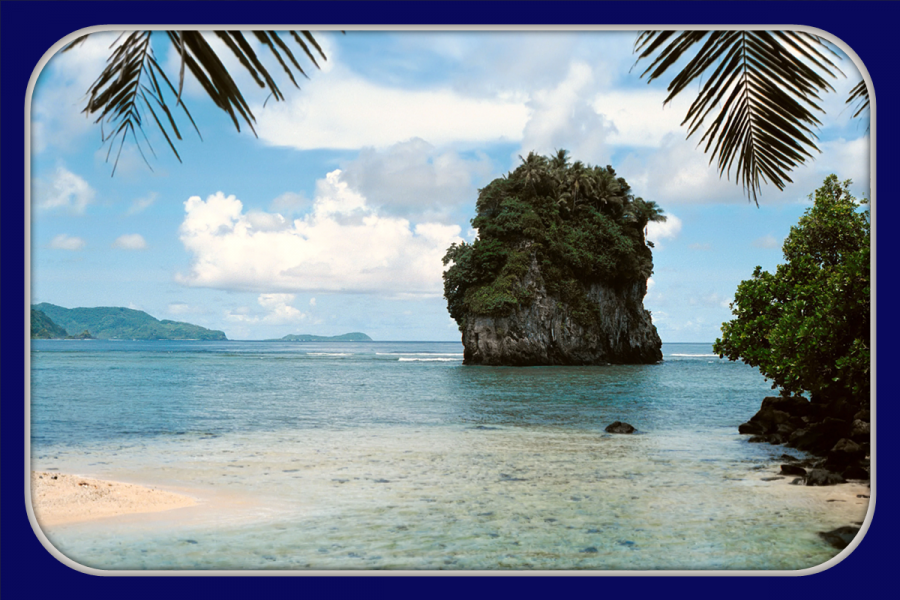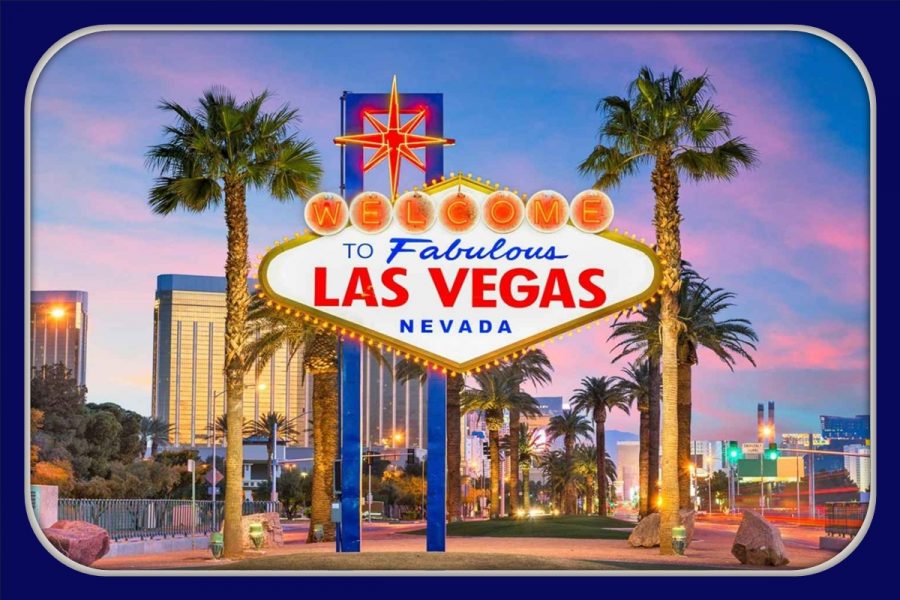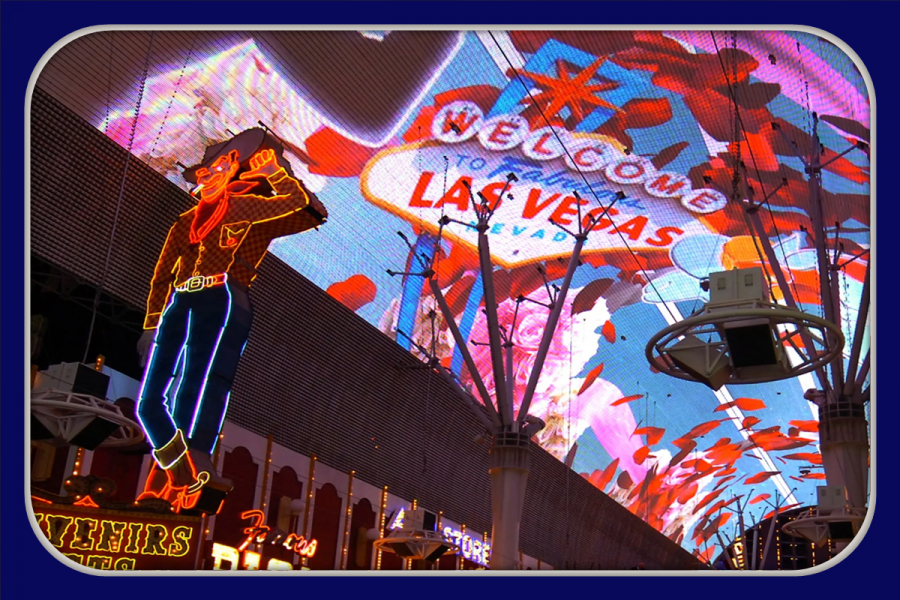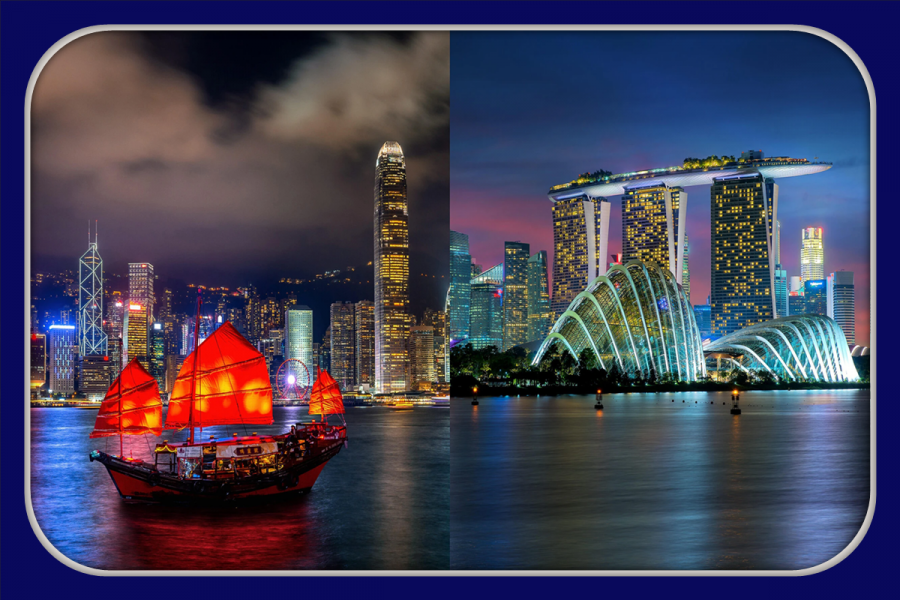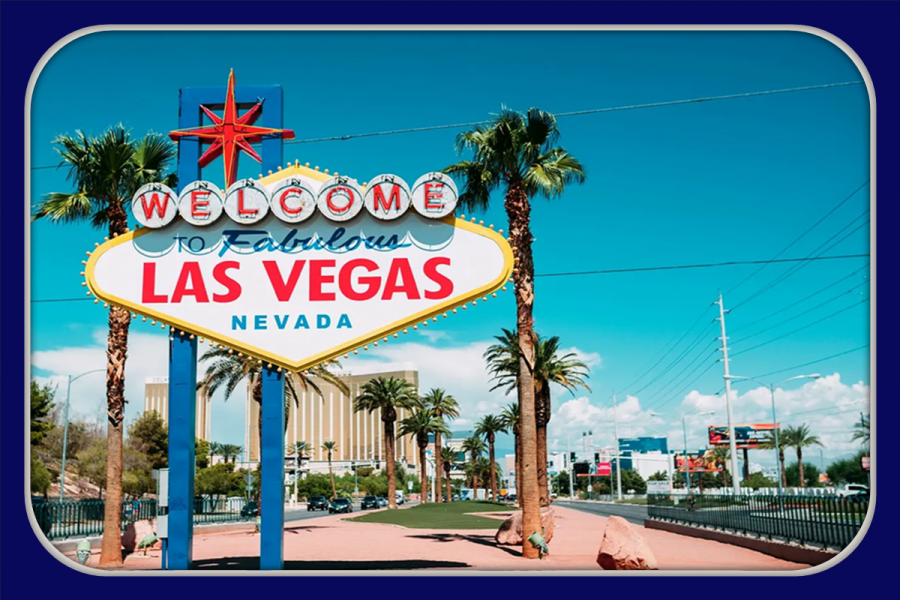FIND YOUR DREAM CRUISE VACATION:
THE CRUISE PRO PRICE PROMISE GUARANTEE
«WE WILL NOT BE BEATEN ON PRICE»
CALL US NOW ON ✆ 0800 023 9118
THIS WEEK'S SPECIAL OFFERS
Grand Voyage from Buenos Aires to Southampton - MSC Poesia - 1 April 2025
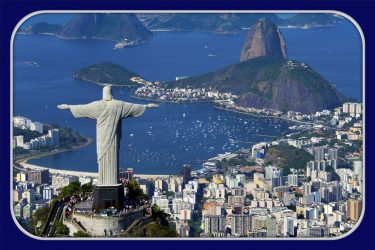
22 NIGHT CRUISE -FLIGHTS & BUENOS AIRES HOTEL STAY
01 Apr 2025
24 Nights
From £2299 pp
MSC Poesia

INCLUDES
- 2 Night Hotel Stay Buenos Aires ,
- All Flights ,
- Full Board Cruise ,
- Gratuities
Vietnam Indonesia & Australia with Singapore Stay - Discovery Princess - 15 November 2025
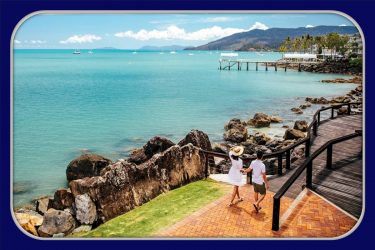
FREE OUTSIDE TO BALCONY UPGRADE
15 Nov 2025
24 Nights
From £2699 pp
Discovery Princess

INCLUDES
- 2 Night Hotel Stay Singapore ,
- 2 Night Hotel Stay Sydney ,
- All Flights ,
- FREE Cabin Upgrade ,
Caribbean from New York with Las Vegas Stay - Island Princess - 16 September 2025

HOTEL STAYS IN NEW YORK & LAS VEGAS
16 Sep 2025
24 Nights
From £2999 pp
Island Princess

INCLUDES
- 2 Night Hotel Stay in New York ,
- 3 Night Hotel Stay Las Vegas ,
- All Flights ,
- Full Board Cruise
Singapore & Southeast Asia to Tokyo with Stays - Diamond Princess - 7 February 2026
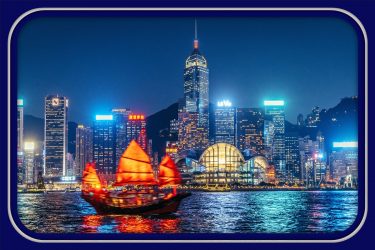
HOTEL STAYS IN SINGAPORE & TOKYO
07 Feb 2026
20 Nights
From £2699 pp
Diamond Princess

INCLUDES
- 2 Night Hotel Stay Singapore ,
- 2 NIght Hotel Stay Tokyo ,
- Flights Included ,
- Full Board Cruise
Bali & Western Australia from Singapore - Azamara Pursuit - 5 December 2024
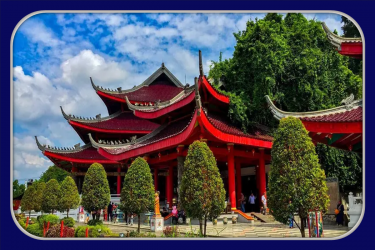
HOTEL STAY IN PERTH & SINGAPORE
05 Dec 2024
19 Nights
From £3899 pp
Azamara Pursuit

INCLUDES
- 2 Night Hotel Stay in Perth ,
- 2 Night Hotel Stay Singapore ,
- All Flights ,
- All Inclusive Drinks Package ,
Luxury Canary Isles from Southampton - Queen Victoria - 3 November 2024
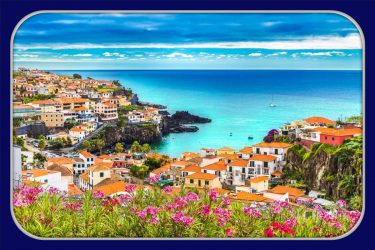
12 NIGHT NO-FLY CRUISE PACKAGE
03 Nov 2024
12 Nights
From £743 pp
Queen Victoria

INCLUDES
- All Flights ,
- All Port & Fee's ,
- All Transfers ,
- Full Board Cruise
Luxury Canary Isles from Southampton - Queen Victoria - 19 November 2024
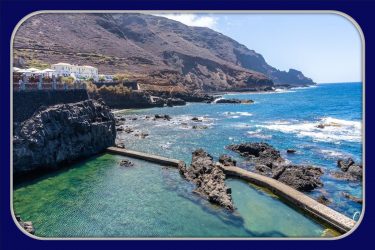
12 NIGHT NO-FLY CRUISE PACKAGE
19 Nov 2024
12 Nights
From £773 pp
Queen Victoria

INCLUDES
- All Flights ,
- All Port & Fee's ,
- All Transfers ,
- Full Board Cruise
Mediterranean & Greek Isles from Istanbul with Stay - Queen Victoria - 5 October 2024
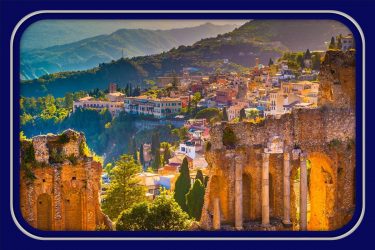
2 NIGHT BARCELONA HOTEL STAY
05 Oct 2024
16 Nights
From £1689 pp
Queen Victoria

INCLUDES
- 2 Night Hotel Stay Istanbul ,
- All Flights ,
- All Port & Fee's ,
- All Transfers ,
Western Mediterranean from Southampton - Queen Victoria - 28 July 2024
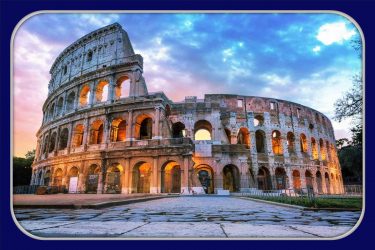
14 NIGHT NO-FLY PACKAGE
28 Jul 2024
14 Nights
From £2719 pp
Queen Victoria

INCLUDES
- All Port & Fee's ,
- Award Winning Entertainment ,
- Cruise
Western Mediterranean from Southampton - Queen Victoria - 7 June 2024
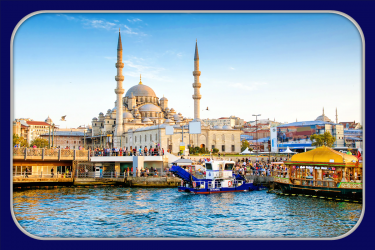
16 NIGHT NO-FLY PACKAGE
07 Jun 2024
16 Nights
From £1819 pp
Queen Victoria

INCLUDES
- All Port & Fee's ,
- Award Winning Entertainment ,
- Cruise
Sign-Up to Receive Our Exclusive Deals
By submitting this form, you are consenting to receive marketing emails from: . You can revoke your consent to receive emails at any time by using the SafeUnsubscribe® link, found at the bottom of every email. Emails are serviced by Constant Contact

